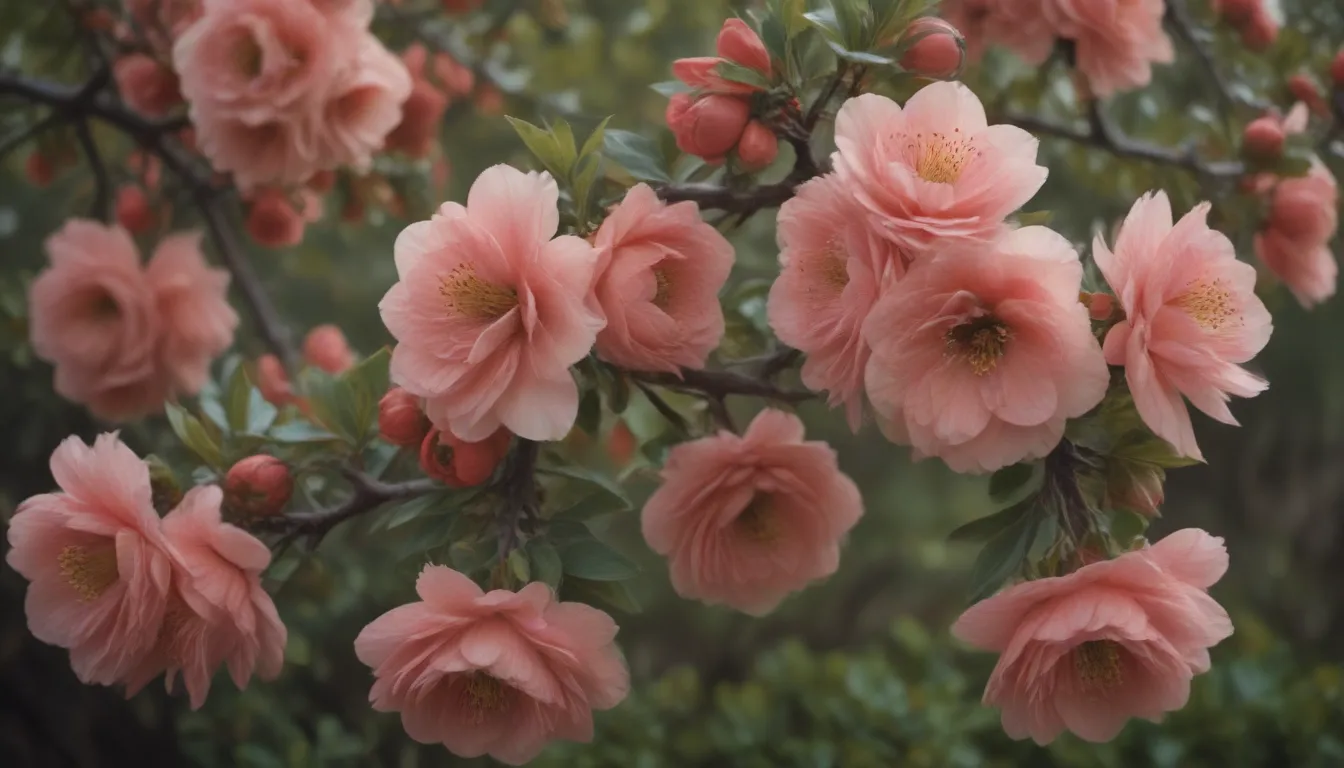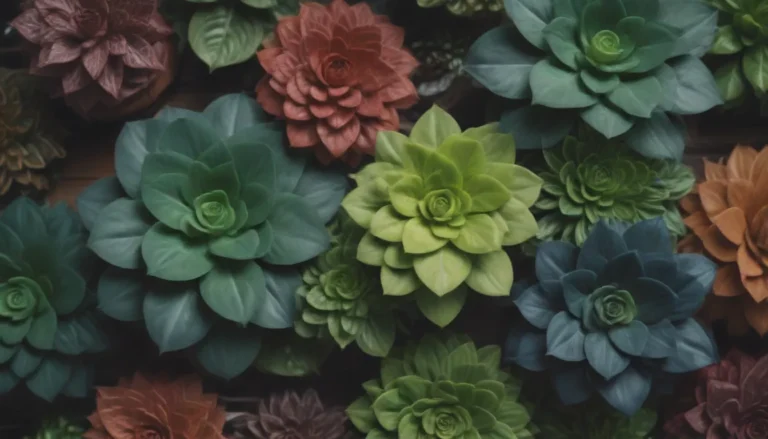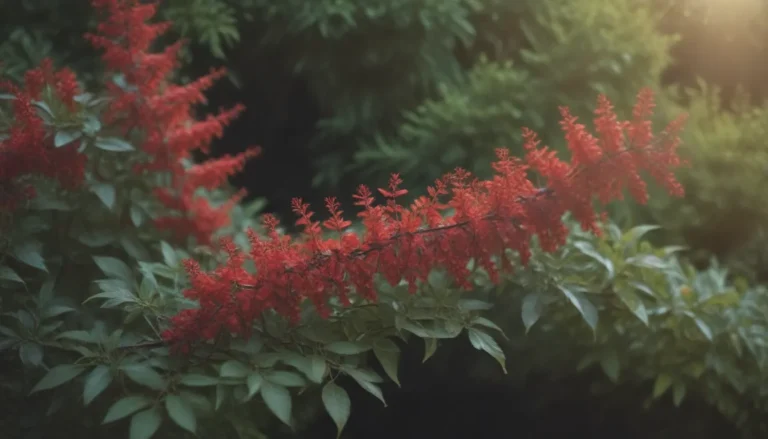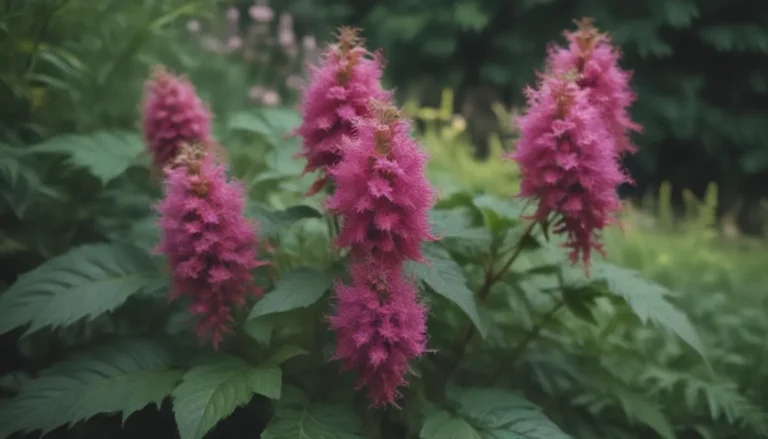The Ultimate Guide to Growing and Caring for Flowering Quince

Are you looking to add a touch of beauty to your garden with a vibrant flowering quince shrub? Flowering quince is a fantastic choice for adding color and interest to your landscape. In this comprehensive guide, we will explore everything you need to know about growing and caring for flowering quince, from its light and soil requirements to pruning and propagation tips. Let’s dive in and discover how you can cultivate a thriving flowering quince shrub in your own backyard!
Getting to Know Flowering Quince
Before we delve into the care requirements for flowering quince, let’s take a closer look at this stunning shrub. Flowering quince is a multi-stemmed deciduous shrub that produces beautiful red, orange, white, or pink flowers and shiny dark green foliage. With a messy growth habit, flowering quince thrives in a variety of climates and is hardy in zones 5 to 9.
Types of Flowering Quince
There are several varieties of flowering quince available, each with its unique characteristics. Some popular cultivars include:
- Chaenomeles speciosa ‘Moerloosei’
- Chaenomeles speciosa ‘Geisha Girl’
- Chaenomeles speciosa ‘Orange Delight’
- Double Take series ‘Scarlet Storm’, ‘Orange Storm’, ‘Pink Storm’
Hybrid crosses between Chaenomeles speciosa and Chaenomeles japonica also offer excellent landscape options, such as:
- Chaenomeles x superba ‘Jet Trail’
- Chaenomeles x superba ‘Crimson and Gold’
- Chaenomeles x superba ‘Pink Lady’
- Chaenomeles x superba ‘Nicoline’
Flowering Quince Care: Tips and Tricks
To ensure your flowering quince thrives and produces spectacular blooms, it’s essential to provide the right care. Let’s explore the key care requirements for growing a healthy and vibrant flowering quince shrub.
Light
- Provide full sun: Flowering quince grows best in full sun, although it can tolerate partial sun.
- Maximize flower display: Exposure to full sunlight will enhance the flower display of your plant.
Soil
- Choose well-drained loam: Plant flowering quince shrubs in well-drained loamy soil for optimal flowering.
- Maintain soil pH: Keep the soil slightly acidic or neutral to prevent problems with chlorosis.
Water
- Mulch for moisture retention: Mulch the base of the shrubs to retain soil moisture and suppress weeds.
- Water young plants: Water young plants regularly during dry periods, aiming for 1 inch of water per week.
Temperature and Humidity
- Hardiness: Flowering quince is hardy in zones 5 to 9, with some cultivars suitable for zone 4.
- Forgiving plant: Once established, flowering quince is forgiving of a wide range of temperature and humidity levels.
Fertilizer
- Feed in early spring: Apply a slow-release, all-purpose fertilizer before new growth occurs in the spring.
- Follow instructions: Follow the product label instructions for the correct amount of fertilizer to use.
Pruning and Propagating Flowering Quince
Pruning
- Shape the shrub: Pruning is necessary if you want to shape your flowering quince shrub.
- Avoid fruit interference: Prune after blooming to avoid interfering with fruit production.
Propagating
- Rooting stem cuttings: Propagate flowering quince through rooting stem cuttings for identical offspring plants.
- Late summer to fall: Choose the best time to propagate through this method for successful results.
Growing from Seed
- Stratification process: Flowering quince seeds require stratification for germination.
- Freeze-and-thaw cycle: Follow specific steps to ensure successful seed germination.
Potting, Overwintering, and Common Issues
Potting and Repotting
- Potted plants: Grow smaller cultivars of flowering quince in pots for patio or deck décor.
- Winter protection: In colder regions, move potted plants to sheltered locations during winter months.
Overwintering
- Protect from rabbits: Guard against damage from rabbits by using hardware cloth around the base.
- Mulching: Protect young plants in northern climates by applying a thick layer of mulch.
Common Pests and Diseases
- Insect pests: Watch out for aphids, scale, and mites, and treat with horticultural oil or neem oil.
- Fungal diseases: Address fungal leaf spot and scab with fungicide, and remove affected limbs with fire blight.
Enjoying the Blooms and Addressing Common Issues
Bloom Encouragement
- Sunlight and soil: Ensure plenty of sun and maintain acidic or neutral soil for optimal flowering.
- Post-bloom care: Prune right after blooming to stimulate new growth for the next season’s profuse blooming.
Common Problems
- No flowers: Prevent poor bloom by protecting flower buds from early spring frosts and avoiding badly timed pruning.
- Yellowing leaves: Address chlorosis with acidifying fertilizers or soil amendments to rectify high pH levels.
- Drab appearance: Manage expectations regarding the shrub’s appearance outside of its short bloom period.
With these care tips and tricks, you can cultivate a thriving and vibrant flowering quince shrub in your garden. By providing the right conditions and addressing common issues promptly, you can enjoy the beauty of this stunning shrub throughout the seasons. Whether you’re a beginner or experienced gardener, growing and caring for flowering quince is a rewarding experience that will enhance your outdoor space. So, roll up your sleeves, grab your gardening tools, and start growing your very own flowering quince masterpiece today!





